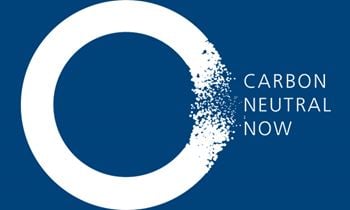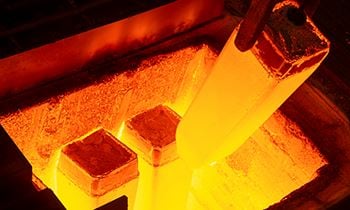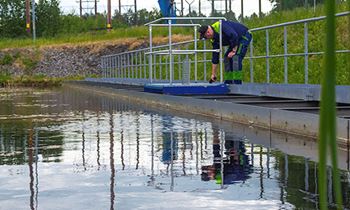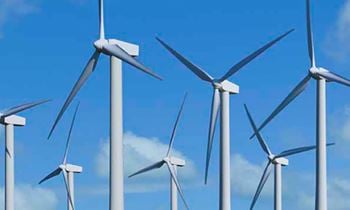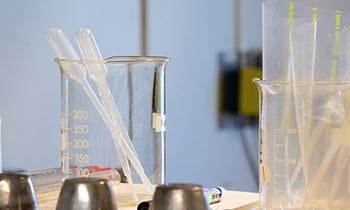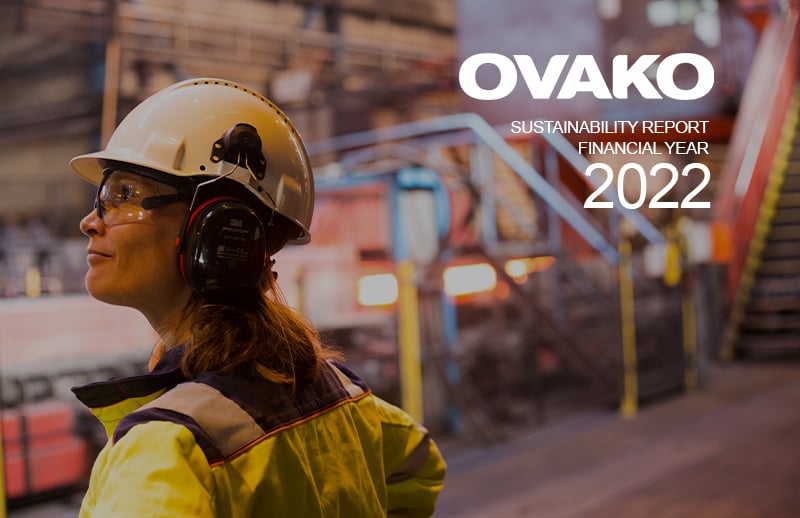Recyclability
Steel is 100 % recyclable, which means it can be re-melted to produce new steel of the same quality an infinite amount of times. The iron atoms are indestructible, and therefore steel can be produced from recycled steel scrap without compromising the quality. For every newly produced ton of steel using recycled material 1100 kg of iron ore and 600 kg of coal can be conserved as well as energy savings of 74 %, compared with the same process using raw materials. Ovako steel consists of 97,2 % recycled steel.
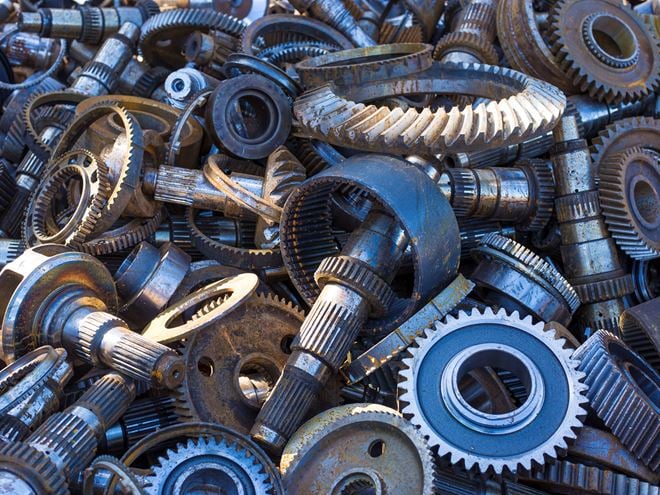
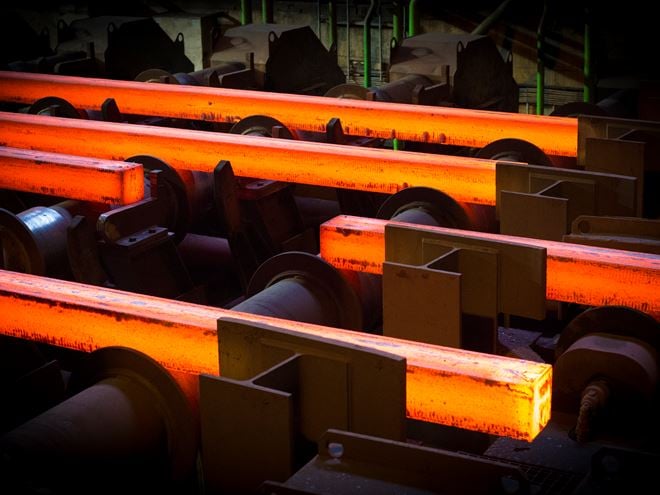
Recycled Content
Ovako products consist of an average of 97,2 % recycled steel scrap, which is a very high content. If just considering the source for iron, it is from over 99 % recycled steel scrap. Ovako mills recycle their own steel scrap, as well as scrap from downstream manufacturing industries and end-of-life products, to conserve energy, emissions and natural resources. By using recycled steel, the Earth’s valuable resources are conserved, no virgin material has to be used and it diverts useful materials from going to landfills. This makes us an important part of the circular economy.
Calculation Method
Ovako calculate recycled content according to European standard EN45557 and ISO14021 which provides a general methodology for assessing the proportion of recycled material. In accordance with standard EN45557 and ISO14021 and like many others, Ovako has chosen to include post-consumer scrap, scrap from other producing industries, shavings and return steel and to not include what is defined as home scrap. Home scrap is scrap up to and including finished ingots/billets in the steel works. The part that is not counted as recycled materials is mainly alloys.
A statement on recycled content and recyclability for Ovako products.
Production based on recycled steel
Ovako mills recycle their own steel scrap, as well as scrap from downstream manufacturing industries and End-of-life products, to conserve energy, emissions and natural resources. We are one of the largest recyclers in the Nordic region. Not all scrap is the same, therefore, all external steel scrap is supplied by long-term partnership suppliers and we sort our incoming scrap material into multiple categories based on its alloy content, size and shape.
By closely matching the quality of the scrap to the steel grade we are to produce, we reduce the amount of virgin alloys needed. This is one reason why we can achieve a “cradle-to-gate” carbon footprint that is 80 % lower than the global average. EPD´s (Environmental Product Declarations) are available at ovako.com.
By using recycled steel, the earth’s valuable resources are conserved and we divert useful materials from landfill. This makes us an important part of the circular economy.
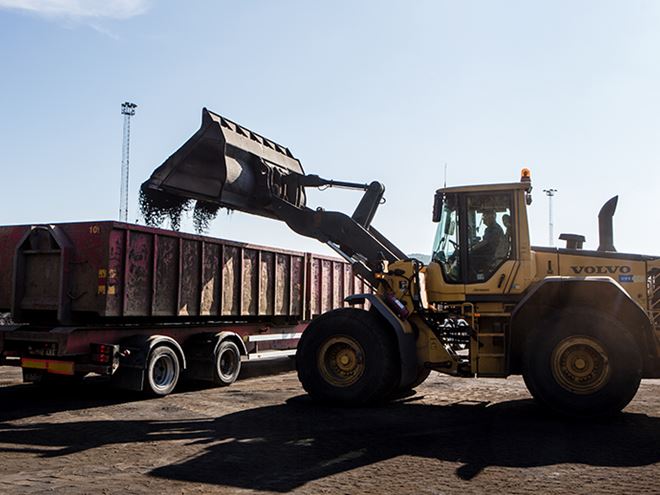
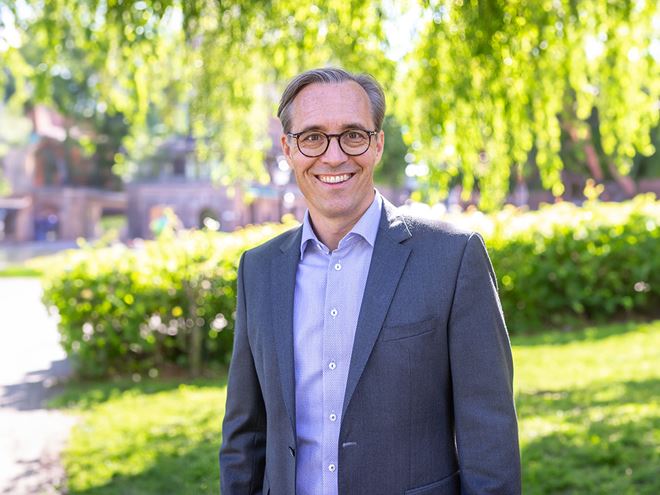
Circularity partnership working
At Ovako, our approach to circularity focuses on recycling. Our steel already today contains 97 percent recycled content, making our products almost completely circular. Although one can say we use steel scrap as a raw material, we prefer to think and talk about it as recycled steel, a critical input material for climate efficient steel production today.
It takes much less energy to recycle existing materials than it does to process virgin raw materials, so reusing existing resources is also a good way to reduce CO2 emissions – in steelmaking it is possible to reduce emissions by over 80 percent by doing this.
The key to maximizing the value from recycled materials is to protect quality through sorting. We have over 15 separate streams of steel for recycling. Each of these has different alloying content and other attributes, making it suitable for remelting into various steel grades.
Efficient recycling is an approach that we’ve worked hard to develop together with suppliers and customers over many years. This will be a topic at the Underhållsmässan trade show in Gothenburg, Sweden, where Ovako will be taking part in a panel discussion with SKF and Stena Recycling about how our companies work together to achieve both high business and environmental value through circularity.
- Marcus Hedblom (President and CEO of Ovako Group)
